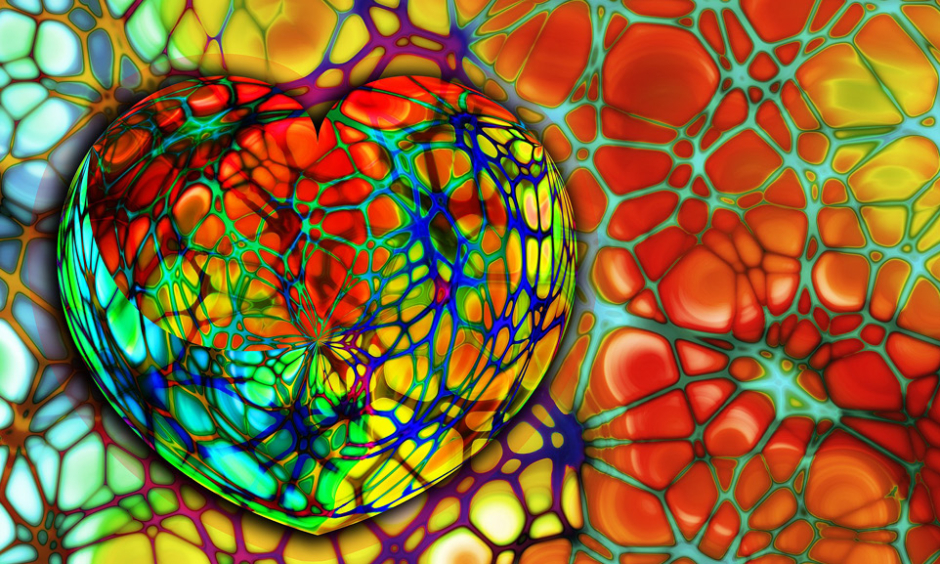VASCULAR diseases can be detected before symptoms appear on ultrasound images of arteries, according to researchers from the University of Leicester, Leicester, UK. Using this technology, the team were able to detect decreases in arterial distension, an early indicator of vascular changes associated with cardiovascular disease, in a rodent model.
Early Disease Marker
The method could potentially enable intervention to be made earlier in patients with arterial disease, leading to improved patient outcomes. “Our research shows that both lifestyle (dietary) and genetic factors can lead to an increased risk of vascular disease. Our study also suggests that the ultrasound methods we employed can detect early changes in blood vessel function that can serve as a marker for detection of disease,” commented Dr Mike Kelly, University of Leicester.
It is also hoped that the insights will help inform future studies which assess the efficacy of new treatments that aim to alleviate symptoms of diseases.
The study tracked disease progression in two mouse models of vascular disease: aortic aneurysm and atherosclerosis (AAA). Ultrasound imaging was used to monitor the physiological condition of the mice after they had been anaesthetised. This revealed how the mice’s blood vessels to ability to pulsate changed as the disease state worsened, tracking alterations in arterial distension. Detecting decreases in arterial distension is important because it indicates the stiffness of the artery wall has increased, which is an early marker for the vascular changes linked to cardiovascular disease.
Ultrasound Imaging
Numerous diseases, including AAA, are routinely diagnosed and monitored by ultrasound imaging, a technology which provides quick, real-time information on the arteries’ ability to expand and contract with cardiac pulsation and relaxation, also known as arterial distension.
Commitment to the Ethical Use of Animals
The team also reaffirmed the University of Leicester’s commitment to the ethical use of animals in medical research. Dr Kelly stated: “The focus is on compassion and care for the animals, while enabling high quality research outcomes. The use of trained animal care and technical staff, along with a stringent local ethical review process, and oversight from local and government bodies, ensure that animals are used only when essential and that their care and welfare is paramount.”
James Coker, Reporter
For the source and further information about the study, click here.







